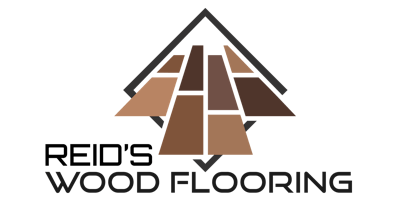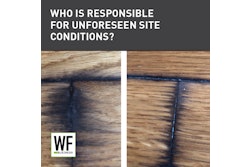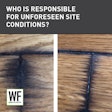

The main legal claim in this situation is trademark infringement. A trademark is a distinctive word, phrase, design or combination of these features used to identify and distinguish products or services in the marketplace (for example, a business name or a logo). While it is possible to file (or “register”) a trademark with the United States Patent and Trademark Office (USPTO), this is not necessary to claim trademark rights regarding a name or logo. Trademark rights are based on who is first to use the trademark, not who is first to file for the trademark with the USPTO. A party acquires rights under “common law” when it starts using a trademark in conducting business, even without “registering” the trademark.
“Infringement” happens when someone else adopts a similar trademark for similar or related goods or services that creates confusion. When analyzing whether trademark infringement exists, the main questions are 1) the similarity of the trademarks, 2) the similarity of the goods or services and 3) if consumers would be likely to confuse the source of goods or services. One might think of trademark laws as protecting the public from confusion rather than protecting the rights of the trademark owner. The public has a right to know with whom they are doing business and to not be deceived or misled.
Even without registering a trademark with the USPTO, a party has trademark rights in any geographic area where it was first to conduct business using the trademark. In the case of the reader’s question, if Business #1 used the name or logo before Business #2, then Business #1 has priority and may legally stop Business #2 from using a similar name or logo and from creating confusion in the marketplace. The typical first step is hiring an attorney to send a “cease and desist” letter to the offending party, demanding that it stop the deceptive or infringing conduct. If the conduct persists, then a lawsuit would be necessary.

































